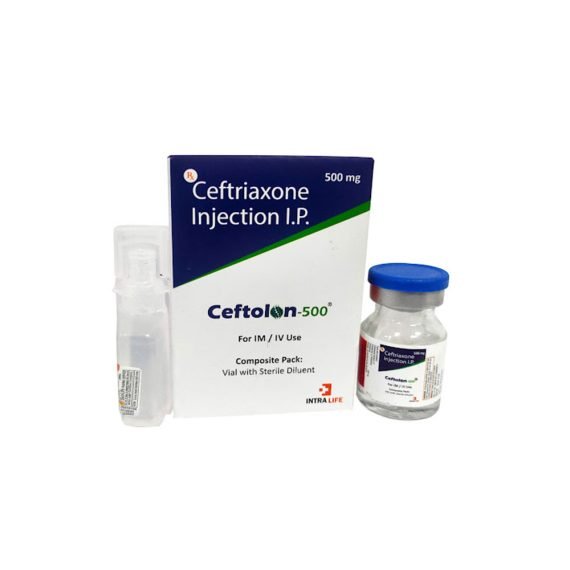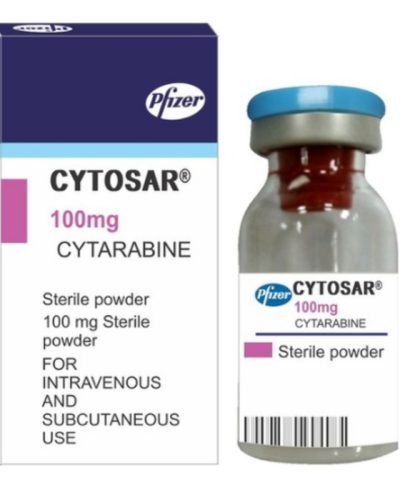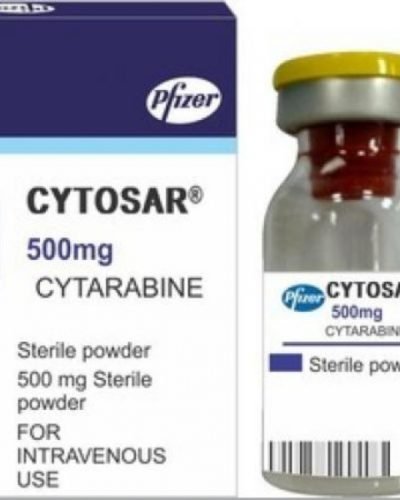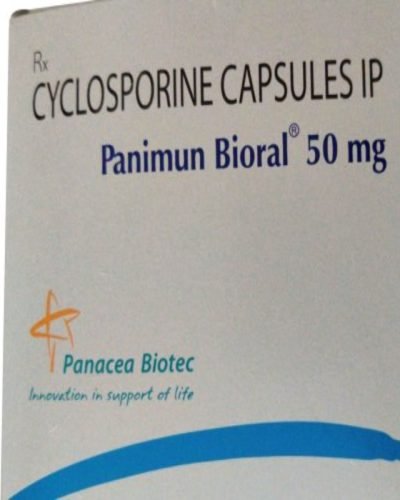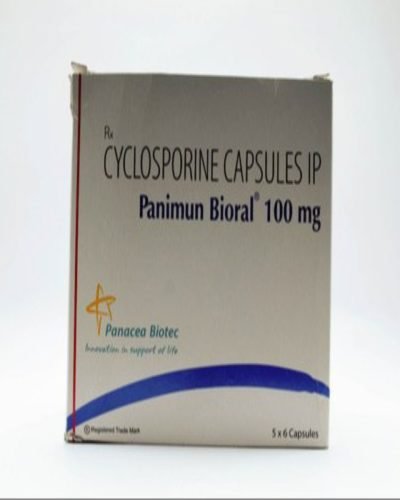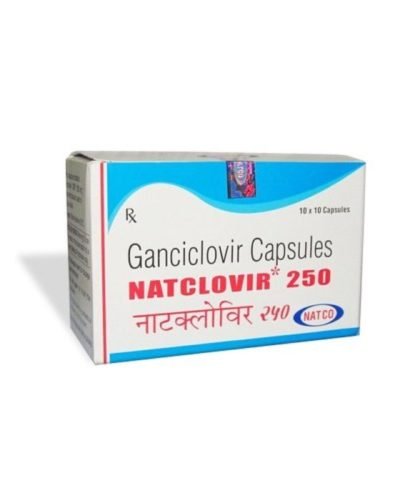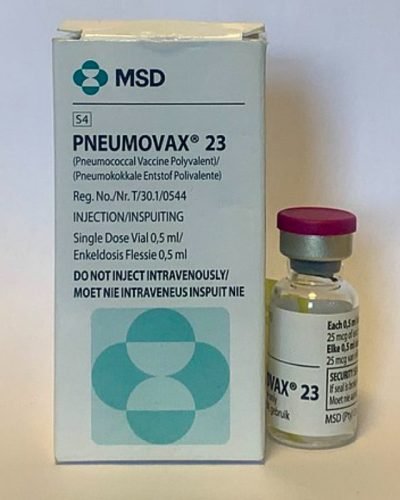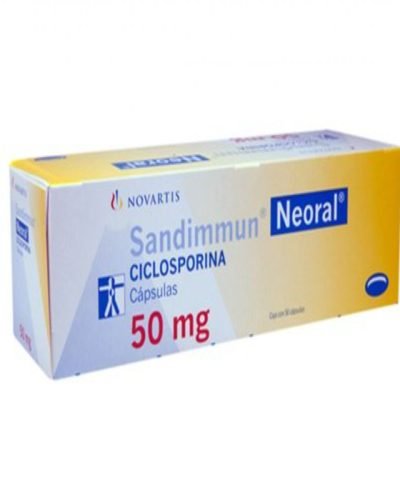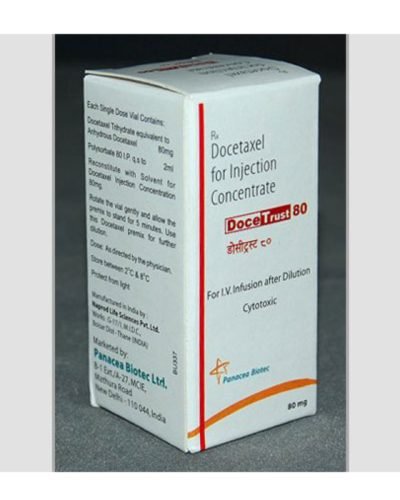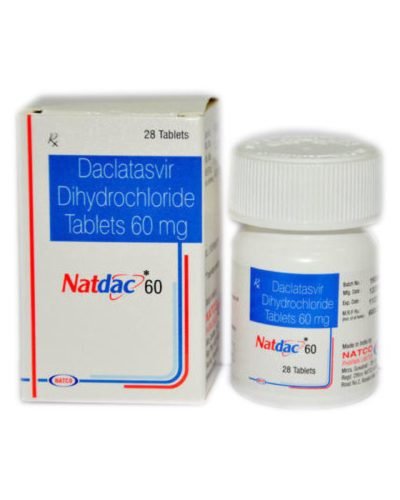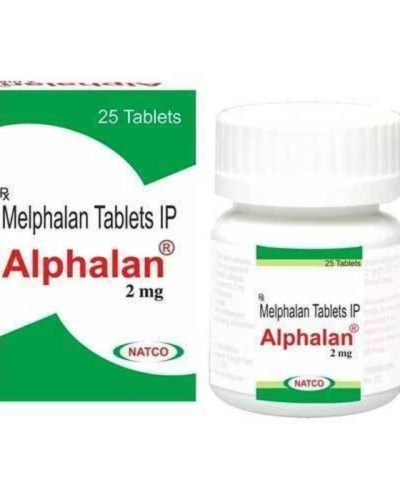Ceftolon – Ceftriaxone Injection
Free!$0.00
Description
CEFTRIAXONE (CEFTOLON) INJECTION – TREATMENT OF BACTERIAL DISEASES
In the world of modern medicine, antibiotics play a pivotal role in combating bacterial infections and saving countless lives. Among the broad range of antibiotics available, Ceftriaxone is a potent and widely used drug known for its efficacy in treating various bacterial infections. In this blog, we’ll focus on Ceftriaxone 500mg Injection, commonly known as Ceftolon, to explore its uses, benefits, and important considerations.
Understanding Ceftriaxone
Ceftriaxone belongs to the cephalosporin class of antibiotics, which are highly effective against a broad spectrum of bacteria. It acts by interfering with the synthesis of bacterial cell walls, leading to the destruction of the microorganisms responsible for the infection. Ceftolon is administered via intramuscular or intravenous injection and is available in different strengths, with the 500mg variant being a common and versatile choice for treating a variety of infections.
Uses of Ceftriaxone 500mg Injection (Ceftolon)
- Bacterial Infections: Ceftriaxone is primarily employed in the treatment of bacterial infections affecting various body systems. It is commonly used for respiratory tract infections (such as pneumonia), urinary tract infections, skin and soft tissue infections, and bone and joint infections.
- Meningitis: Ceftriaxone is highly effective in treating bacterial meningitis, a severe infection of the membranes surrounding the brain and spinal cord. Due to its ability to cross the blood-brain barrier, it can reach the central nervous system and combat the infection effectively.
Important Considerations
While Ceftriaxone 500mg Injection (Ceftolon) is generally safe and well-tolerated, there are certain important considerations:
- Allergies: Patients with known allergies to cephalosporins or penicillins may be at an increased risk of hypersensitivity reactions to Ceftriaxone.
- Biliary Sludging: Prolonged use of Ceftriaxone in infants or individuals with liver dysfunction may lead to biliary sludging, a reversible condition where calcium-ceftriaxone precipitates form in the gallbladder.
- Drug Interactions: Ceftriaxone may interact with certain medications, such as calcium-containing intravenous solutions, leading to the formation of precipitates and potential complications.
- Antibiotic Resistance: Like all antibiotics, the overuse or misuse of Ceftriaxone can contribute to the development of antibiotic-resistant bacteria, emphasizing the importance of using this medication judiciously.
Conclusion
Ceftriaxone 500mg Injection (Ceftolon) is a powerful and versatile antibiotic used to treat a wide range of bacterial infections. Its broad spectrum of activity, long-lasting effects, and ability to penetrate the central nervous system make it a valuable asset in the fight against infectious diseases. However, it is crucial for healthcare professionals to use Ceftriaxone responsibly and follow the appropriate guidelines to preserve its effectiveness and minimize the risk of antibiotic resistance. As with any medication, patients should consult their healthcare provider for personalized advice and treatment.

